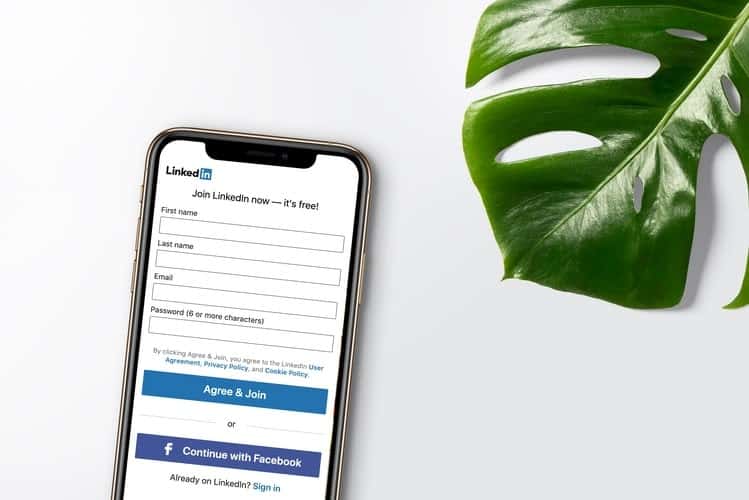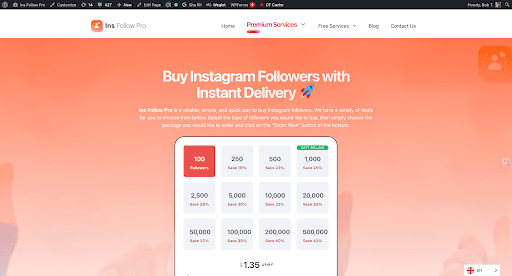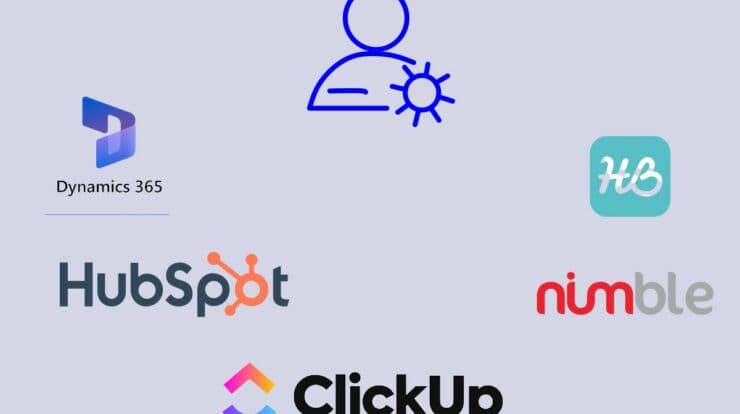
61% of marketers name B2B lead generation as their biggest challenge. With most B2B markets getting crowded, grabbing the attention of your target audience isn’t as simple as running some ads and hoping for the best.
B2B audiences are sophisticated, perform thorough research, and look beyond the product when choosing who to work with. They want to buy from companies with a solid reputation, excellent support, and premium features at a reasonable price.
Luckily, even though there are challenges to generating B2B leads, smart companies are thriving as much as ever. That’s because they know the key strategies to focus on to make their brand stand out.
With that in mind, let’s explore a few of the top B2B lead generation strategies you could consider.
Leverage Support Inquiries
Most B2B businesses understand the importance of having high-quality support. It’s essential not just for keeping customers happy but also putting out fires when something goes wrong.
Suffice to say, you need to have multiple ways to reach out, including on social media and even through chatbots.
But fewer companies consider the fact that support inquiries can also become a golden opportunity to generate leads. Or, at the very least, they’re not leveraging this opportunity to its full potential.
When someone reaches out with a question, they are already expressing a strong interest in what you have to offer. These people have come to your site, filled out a form, or even took the time to make a call.
Even if they just have a few simple questions or even want to complain about something, they are already at a point where they are much more likely to respond to your offer.
If you use a comprehensive WordPress support plugin on your site, you can create a robust customer service environment where your leads have an easy time reaching out, and your support reps can sort and analyze the leads as they come in.
You can then provide timely help and also qualify the people reaching out accordingly, transitioning them from the initial query towards scheduling an appointment with your sales rep, and starting the process of seeing whether your product is a good fit.
Increase Your LinkedIn Presence
LinkedIn has become one of the hottest tools for generating high-quality B2B leads. It can help even the smallest companies break through the clutter and get in front of the decision-makers that are likely to be interested, all in a convenient platform that makes networking extremely easy.
However, while LinkedIn can be very effective, running lead generation campaigns takes a lot of manual effort. And for small teams, keeping track of all the communications, campaigns, and contacts can be a big hassle.
Luckily, LinkedIn automation software can streamline many of the otherwise manual tasks that go with having a strong presence on LinkedIn.
These types of tools can significantly expand what you can do on the platform, allowing you to get more connections, send automated messages, integrate with your CRM, export contacts, and much more.
Using LinkedIn, you can quickly build a list of qualified leads that you can work with, focusing on the leads themselves instead of the technical aspects of being active on the platform.
Highlight Your USP
Even though there are countless ways to generate B2B leads, they will only have a chance of working if what you have to offer is actually appealing. And not just appealing in general, but to those who can benefit from your products the most.
That’s why before you start using specific strategies, you’ll need to crystalize what makes your company different and how you can stand out even in the most crowded marketplaces.
And that’s where defining your Unique Sales Proposition (USP) will be essential. There are many steps to the process, but they all come down to having a solid understanding of who your audience is and how you can help them.
Ideally, you want to get as much direct contact with your target audience as possible. This way, you can avoid making assumptions and can use hard data and specific answers to generate insights about what approach you should take.
You can learn answers to questions such as:
- What product has your audience used in the past?
- What were their experiences?
- How did they hear about your brand? What was their initial impression?
- What’s their biggest frustration relating to your product? What are they missing in your competitor’s products?
- What would make them consider changing providers?
Having answers to these questions is an invaluable asset and definitely worth the effort. Instead of relying on assumptions, you can be confident that there are real people looking for what you have to offer.
Then, you can create a focused brand and message, zeroing in on the core features you want to emphasize and creating a unique solution that your target group of people will put above all alternatives.
Build Your Authority
Your success online will largely come down to how much your audience can trust you. In the B2B world, customers carry a lot of responsibility when choosing what providers to work with, so they are extra careful about doing research and getting to know the options before committing.
That’s why if you want to excel and have a shot at converting clients, you need to be strategic about building authority and demonstrating that you have the knowledge and the experience to help your customers achieve their goals.
The best way to achieve this is to use content that’s designed to educate, engage, and move prospects towards deciding that your product is the best option for them.
By syndicating content across some of the top publications in your market, you can also position yourself as a thought leader, setting trends and sharing observations that have an impact on how your industry operates.
But what type of content should you create?
Well, the good news is that there’s a virtually limitless pool of ideas you can draw from. An evergreen option for content is that which revolves around solving specific problems your ideal customers have.
Whether it’s getting more leads, improving work efficiency, or getting through a roadblock, if you can identify and address that issue while hinting at how your product can help, you’ll be well on your way to drawing a lot of interest.
You can also create content that contrasts different tools or offers suggestions of what type of software businesses could use to solve specific problems. This way, you can highlight the unique advantages your product has to offer while also providing a more complete picture of the options that a typical buyer in your marketplace would probably consider.
Bottom Line
Generating leads online is an integral part of running a business. But for B2B companies, the lead generation strategies themselves might not even be as important as having the right foundation in terms of a strong USP and a deep understanding of the audience.
The strategies listed above should provide you with a solid framework to work with and act as a guide for all the ways you generate leads in the future.



